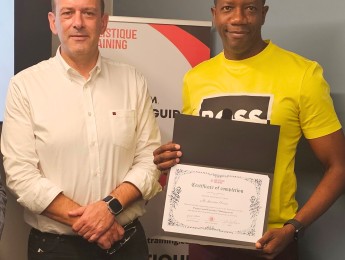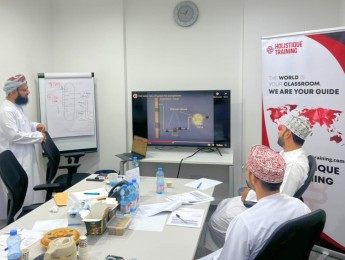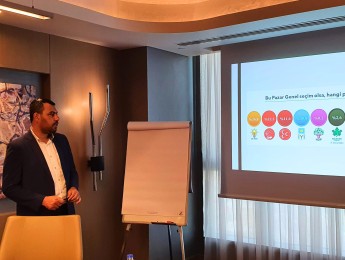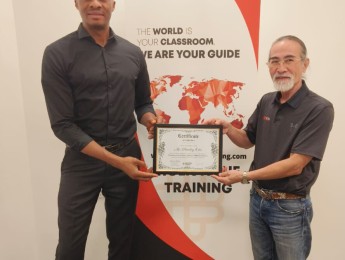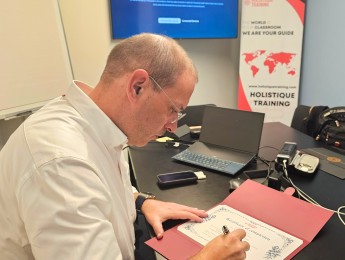Comprehensive Training Solutions for Global Success
Holistique Training
Use the search tool or the interactive map below to browse our courses
Our Top Categories
Trusted By Professionals Worldwide

Reviews
★ ★ ★ ★ ★ (14)
20% Offer Running - Join Today
How to Qualify for the Discount:
Register two participants from the same course, scheduled at the same time and location, OR Pay two months in advance for the course. Act now, as this offer is only available for a limited time!
Frequently Asked Questions
Once your registration is received, an invoice will be emailed to you. Payment is required in advance via bank transfer (BACs) to one of our UK accounts. For card payments, we will send a secure payment link.
Invoices will be emailed to the address provided during registration.
Course fees cover instruction, training materials, refreshments, and a certificate of completion.
Transportation, accommodation, visa fees, and parking are not included.
Yes, VAT is included.
Certainly. If booking online, simply add the PO number during the checkout process. For phone or email bookings, please provide the PO number, and we’ll include it in the invoice.










































